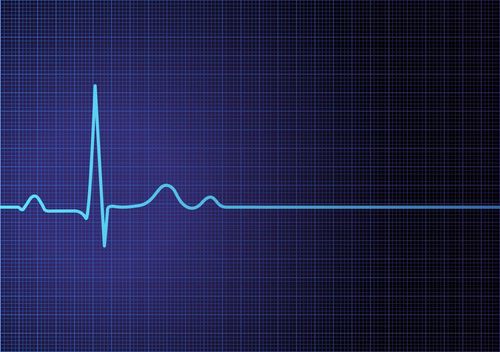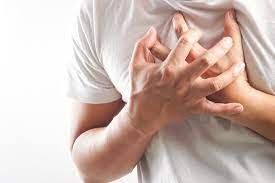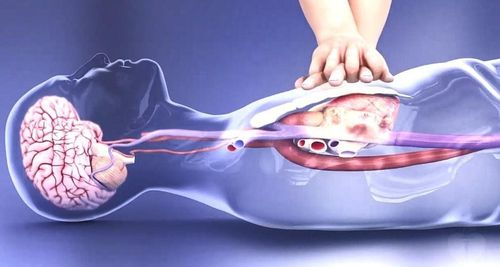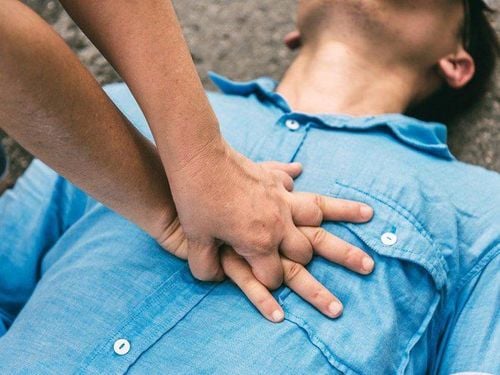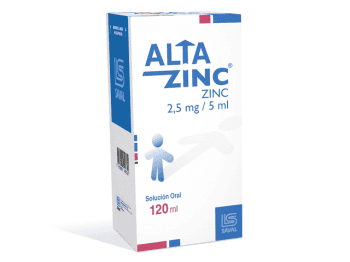This is an automatically translated article.
Posted by CKI Doctor Nguyen Cong Hoa - Intensive Care Unit - Vinmec Times City International Hospital
Cardiac arrest is a condition in which the heart suddenly stops pumping blood to the body. When the heart stops pumping blood, the patient's brain is deprived of oxygen and causes unconsciousness and stops breathing.
1. What are the signs of cardiac arrest?
Cardiac arrest often occurs without warning, if the person stops the heart will suddenly collapse and:
Will lose consciousness Will not respond to painful stimuli and speech Will not breathe or breathe normally – yawn breathing. As soon as signs of cardiac arrest appear, if not treated immediately with cardiac compression and artificial respiration, the patient will be in danger, even death.

Ngừng tim không được xử trí kịp thời sẽ dẫn tới tử vong
2. What causes cardiac arrest?
A common cause of cardiac arrest is a life-threatening abnormal heart rhythm called ventricular fibrillation (VF).
Ventricular fibrillation occurs when the electrical activity of the heart becomes chaotic, the heart muscles tremble to the point that the heart cannot pump blood, stops pumping, stops the heart.
In addition, some other causes of cardiac arrest that are related to the heart include:
A heart attack (caused by coronary heart disease) Cardiomyopathy and some hereditary heart diseases Congenital heart disease Heart valve Acute myocarditis (myocarditis) caused by bacteria, viruses, bacterial toxins, drugs, toxins. Some other causes of cardiac arrest include:
Electric shock Drug overdose, drug poisoning, food (snakehead fish, toadstool,...) Severe bleeding (called hypovolemic shock) - loss a large amount of blood Hypoxic - caused by a severe drop in oxygen levels.
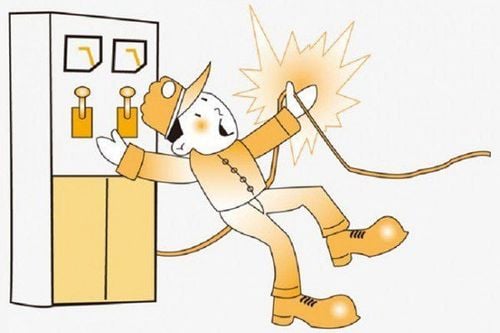
Điện giật là một trong những nguyên nhân dẫn tới ngừng tim
3. What is the difference between a cardiac arrest and a heart attack?
Heart attack and cardiac arrest are not the same. A heart attack occurs when the heart muscle is deprived of blood due to a blockage in a coronary artery, this is usually caused by a blood clot in one of the coronary arteries. The heart is still pumping blood throughout the body during a heart attack, the person will be conscious and still breathing. Heart attack, if left untreated, can lead to cardiac arrest. It is extremely important to get immediate medical attention by calling 911, while waiting for emergency personnel, family members can give the patient 1 aspirin 80mg tablet, spray an artery dilator. rim 1 to 2 strokes under the tongue.
4. How is cardiac arrest treated?
With a patient in cardiac arrest, starting CPR and CPR immediately is very important because it keeps blood and oxygen circulating to the brain and other organs in the body. Use an automated defibrillator (if available) to deliver a controlled electrical shock to defibrillate the ventricles and restore a normal heart rhythm.
Follow instructions from the medical staff you are calling, perform CPR on the patient continuously until paramedics 115, or a medical team arrives to take over.
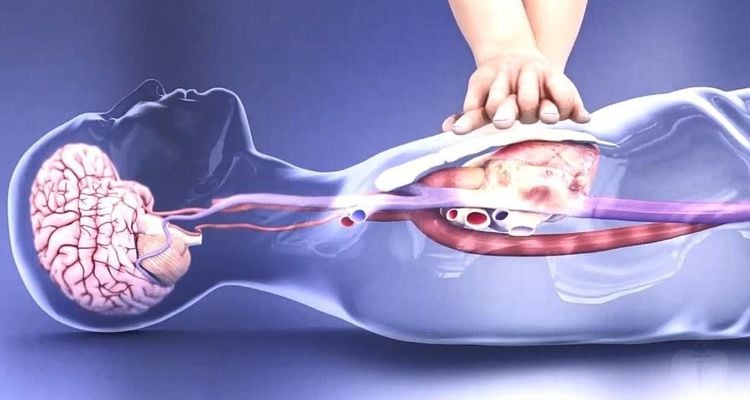
Ép tim để giữ cho máu và oxy vẫn lưu thông tới não và cơ quan trong cơ thể
At the emergency room When the patient comes to the emergency room, the medical staff will continue to press the heart, give artificial respiration, defibrillate if the heart is not beating again, the patient will be placed an endotracheal tube by the medical staff. intravenous line, injecting drugs to stimulate the heart to beat again. When the heart is beating again, the doctor will put the patient on a ventilator, maintain medications to keep blood pressure, give fluids, and other emergency treatments to stabilize the patient's condition and treat heart attack and heart failure. or electrolyte imbalance.
The patient may be given medication to stabilize the heart rate, a temporary external pacemaker, and transferred to the intensive care unit (ICU).
Treatment after cardiac arrest After cardiac arrest, if the emergency is good, the patient has a heart beat again, but after such a big shock, the patient remains comatose, the patient will need to be cared for in the room intensive care unit (ICU), maintained on mechanical ventilation, sedated for deep sleep, and lowered body temperature for 24-36 hours to protect the brain. If the patient's cardiac arrest is due to coronary artery disease, the patient needs to have coronary angiography to intervene coronary artery revascularization immediately.
Doctors will have to find other causes of cardiac arrest. They may then recommend medications and treatment for the above causes, such as a pacemaker or an implantable cardioverter-defibrillator (ICD), to reduce the risk of a cardiac arrest again.
Long-term treatment After the person recovers, the doctor will discuss with the patient or family other tests that can help determine the cause of the cardiac arrest. Your doctor will also discuss preventive treatment options with you to reduce your risk of another cardiac arrest.

Bác sĩ cùng bệnh nhân thảo luận và lựa chọn pháp đồ điều trị lâu dài
Treatments may include:
Medication: Doctors use different types of antiarrhythmic drugs for the urgent or long-term treatment of an arrhythmia or potential arrhythmia complications. A class of drugs called beta blockers are commonly used in people at risk of sudden cardiac arrest. As a side effect, an antiarrhythmic drug can make your arrhythmias happen more often — or even cause new arrhythmias. Other medications that may be used to treat conditions that lead to arrhythmias include angiotensin-converting enzyme (ACE) inhibitors and calcium channel blockers.
Implantable defibrillator (ICD): Once your condition is stable, your doctor may recommend an ICD, a battery-powered unit that is inserted near your left collarbone. One or more wires of electrodes from the ICD run through a vein to the patient's heart. The ICD continuously monitors the patient's heart rate. If it detects a rhythm that's too slow, it hits the patient's heart like a pacemaker. If it detects dangerous heart rhythm changes, it sends out low- or high-energy shocks to reset the person's heart to a normal rhythm.
Angioplasty: This procedure opens blocked coronary arteries, allowing blood to flow more freely to the person's heart, which can reduce the risk of serious arrhythmias. A long, thin tube (catheter) is passed through an artery, usually in the patient's leg, to a narrowed coronary artery in the heart. This catheter is equipped with a special balloon tip that briefly inflates to open the blocked artery. At the same time, a metal mesh stent can be inserted into the artery to keep it open long-term, restoring blood flow to the patient's heart. Angioplasty can be done at the same time as coronary catheterization (coronary angiography), a procedure doctors perform to locate narrowed arteries.
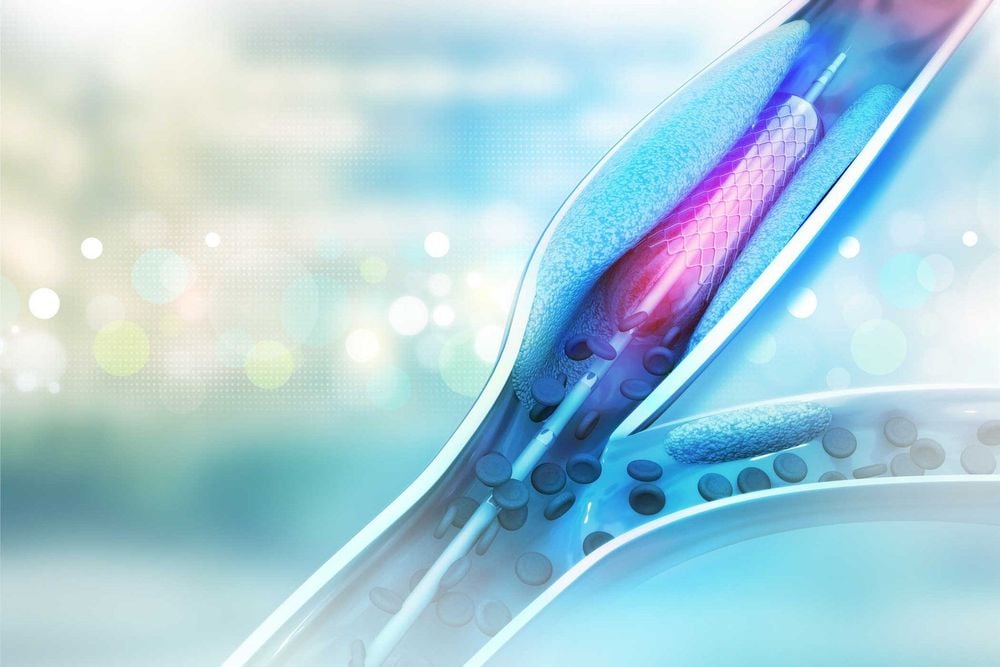
Nong mạch vành để máu lưu thông tới tim thuận tiện hơn
Coronary bypass surgery : Also known as coronary artery bypass bypass surgery, surgeons will remove a section of vein or artery in the patient's body, making a bridge over the narrowing of the artery. Coronary arteries restore blood flow to the patient's heart muscle tissue. This can improve the blood supply to your heart and reduce the frequency of tachycardia and heart failure.
Intracardiac accessory conduction ablation: This procedure uses radio waves to burn the accessory conduction tract, and small foci in your heart tissue, that are responsible for your arrhythmias. Cardiac surgery: If a person has a congenital heart defect, a faulty heart valve, or diseased heart muscle tissue due to cardiomyopathy, surgery to correct the abnormality can improve heart rate and blood flow. , reducing the risk of fatal arrhythmias.
Home prevention Live a heart healthy lifestyle:
Don't smoke Maintain a healthy weight If you drink alcohol, drink in moderation - no more than one drink a day for women and men over 65 age and no more than two drinks a day for young men Eat a heart-healthy diet Stay physically active Reduce stress Medication: If you already have heart disease or conditions that make you more susceptible heart disease, your doctor may recommend that you take steps to improve your health, such as taking medication for high cholesterol or controlling diabetes. If you have a heart condition that puts you at risk of sudden cardiac arrest, your doctor may recommend antiarrhythmic medications. To protect heart health in general and detect early signs of myocardial infarction and stroke, customers can sign up for the Cardiovascular Screening Package - Basic Cardiovascular Examination of Vinmec International General Hospital. The examination package helps to detect cardiovascular problems at the earliest through tests and modern imaging methods. The package is for all ages, genders and is especially essential for people with risk factors for cardiovascular disease.
Customers can directly go to Vinmec Health system nationwide to visit or contact the hotline here for support.
Recommended video:
Heart failure - the ultimate destination of cardiovascular disease
SEE MORE
Notes on chest compressions and rescue breaths What is the standard heart rate? Note when emergency sudden cardiac arrest






